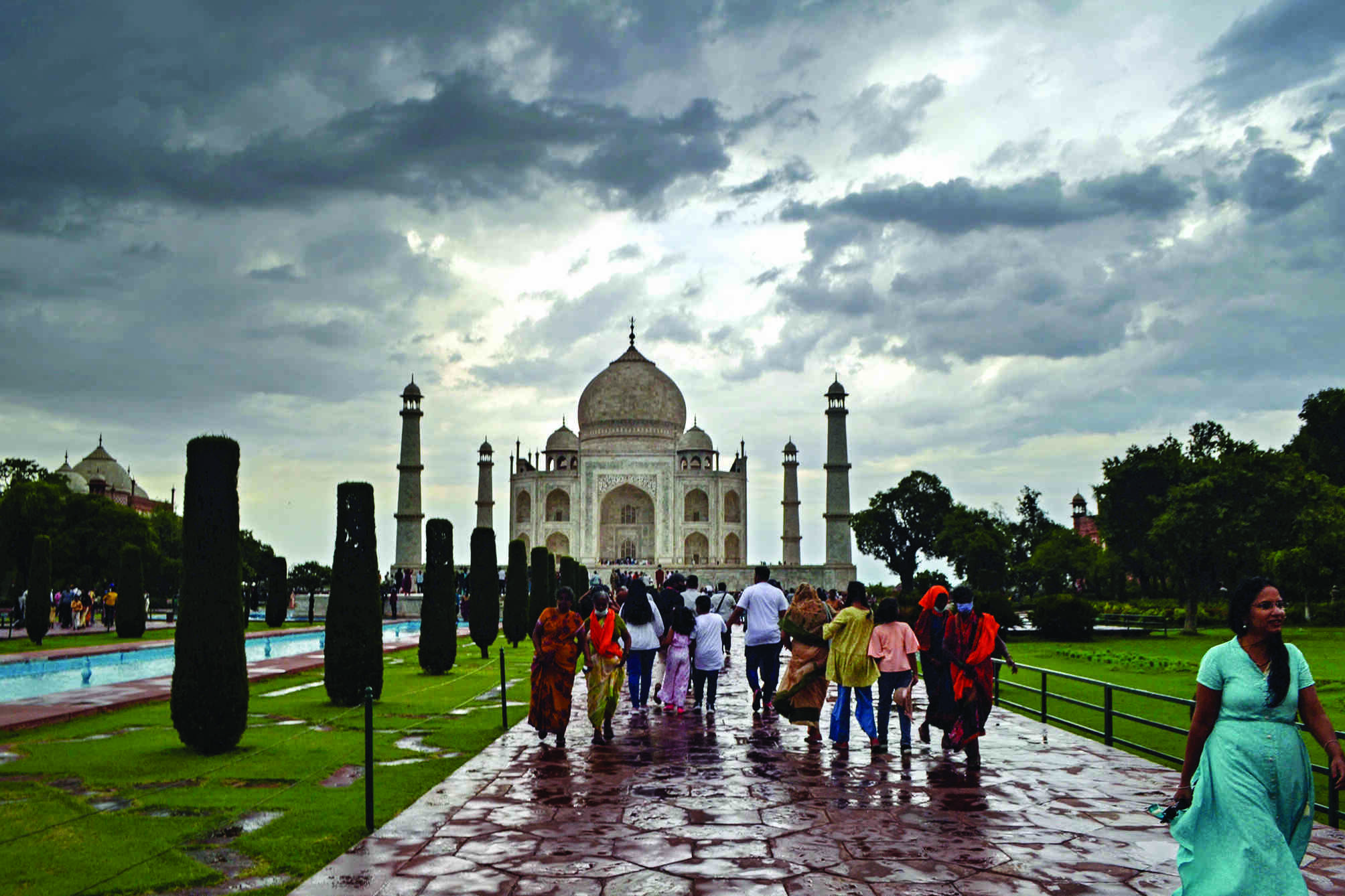Heritage by-laws of 126 protected monuments completed by NMA

New Delhi: National Monuments Authority (NMA), has made a record 101 Heritage By Laws since 2019 covering a total of 126 centrally protected monuments, the culture ministry said Tuesday, noting that draft HBLs for monuments like the Taj Mahal, Qutab Minar, Dwarkadheesh Temple, Dwarka, Hemis Gompa, Leh and Martand Temple, Kashmir are awaiting ASI nod after which they will be sent to the Parliament for approval.
As per the Ancient Monuments and Archaeological Sites Remains (AMASR) Act and the mandate given to the NMA, the HBLs work was supposed to be finished by 2012, covering the 3600 centrally protected monuments throughout India.
NMA Chairman Tarun Vijay said that the task of making HBLs has been speeded up by "leaps and bounds" and a separate HBL department has been created with four experts headed by a conservation architect.
The HBL meetings are being conducted thrice a week.
These meetings also involved, inviting the DG ASI and various other regional directors and surveyor archaeologists from every part of the country, eventually resulting in smooth flow of survey maps and draft HBLs from ASI, especially from central, eastern and northern India, the statement said.
"The biggest joy and satisfaction was felt in the NMA when we finalised HBLs for the 14th century Bishnu temple in Manipur; Jagannath Temple in Puri; Chausath Yogini, Jabalpur; Jagatgrama Ashwamedha site and Lakha Mandal group of Shiva temples in Uttarakhand," the NMA Chairman said.
The National Monuments authority was set up as per the provisions of the AMASR (Amendment Validation) Act, 2010, entrusting it with the responsibility to consider granting permissions to applicants for conservation related activity in the centrally prohibited and regulated areas.
The need for the HBLs consequently was induced by the increasing rate of urbanization, development, mounting population pressure, and the pressure on land around the centrally protected monuments, which often obstructed and came in the way of the monument's 300 metres peripheral jurisdiction.
This made it imperative, for regulating the property and individual growth around the monuments, along with the need to balance it with the cause of protecting and preserving the monuments itself, the ministry said.
After receiving people's comments and suggestions, HBLs are discussed after a period of 30 days.



